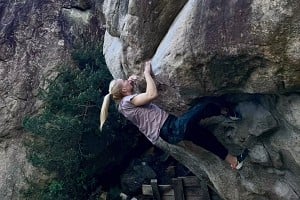
Australian climbing bans give rise to new access body. Kiwi climbing legend Charlie Creese explains the situation...
I recall an article by an English climber (name forgotten I'm afraid) who - on a return trip to Arapiles - was so happy to be back he jumped out of the shuttle bus and kissed the ground! There would be a few people reading this who can relate I'd say – and I can relate myself, having migrated from NZ in my early twenties - the unbeatable trifecta of blue sky, tangerine coloured rock, and endless mesmerising plains trumping the by no means meagre climbing attractions of home.
If events to the east in The Grampians National Park/ Gariwerd are anything to go by, however, visitors may soon be kissing the ground goodbye. As of February this year, approximately 550 square kilometres of The Grampians - including, critically, many of the best areas - have been deemed off-limits to climbers, with the threat of heavy fines acting as a disincentive to anarchists. More recently, news of an Indigenous heritage study to be conducted at Arapiles has raised the spectre of further bans there – and after what happened in February, who's to say that's far-fetched? It's no secret that the perceived impact of climbing on certain heritage sites in The Victoria Range in Gariwerd was a factor in bringing the bans about – and while climbers strenuously deny having done any actual damage (and Parks, as yet, have been unable to provide any evidence backing their claims), the political climate is such that even the perception of having done so is enough to put any user group – not just climbers – in a disadvantageous position when negotiating access.
One would have thought that the thing to do was assemble representatives of each stakeholder group and sit down and talk - and certainly, The Victorian Climbing Club has a long history of negotiating issues with Parks Victoria. But, as I say, the political climate now is quite different to what it was even in the recent past. The bans were achieved by a governmental fait accompli that saw the carrot of consultation being dangled before a group of concerned climbers, who duly turned up to a meeting with Parks only to be informed by the bureaucrats – as the first item on the agenda – that they were being locked out. Freedom-of-Information documents obtained by climbers have subsequently shown that bans have been contemplated in the area since at least 2017 – without a hint of this being leaked to the wider climbing community.
The opacity of this process was shored up by a number of media releases that portrayed climbers in a poor light - the ubiquitous graffiti that blights every cave in the region being attributed – not to the bored youth of nearby towns - but to climbers themselves, who really rather obviously have no interest in such juvenalia (the graffiti claim was made by a presenter on national TV, no less – while the camera panned across ancient tags, thus implying they were the same as chalk on routes). And – just as seriously - a picture of a stray bolt that was part of an attempt to cage off some of the region's famed Aboriginal hand prints (to protect them from the non-climbing public) was uploaded to Park's website under the rubric "Damage that climber's do to Art." The bolt, it turned out, was placed in 1937, was less than a body length off the ground, and quite clearly had nothing to do with climbing – a fact acknowledged by Parks, who actually apologised to the VCC. It's hard not to feel a certain grudging sympathy for Parks here – after all, who hasn't had a bad day at work? But this is my peer group they're referring to, and I kind of wish they'd apologised to us as well.
Well, a good old-fashioned fight with the Government ought to have us cracking our knuckles - but it's a measure of the decency of climbers world-wide that, while they want to help out, their first concern is "are the rights of Traditional Owners being met?" Well the simple and re-assuring answer is yes – a return to the crags is not going to be achieved at the expense of those rights (it's going to be achieved in conjunction with them, one would have thought) - and there is legislation such as The Cultural Heritage Act to back this up. The less simple answer is that the process is still going to be complicated – the area affected is large, there are several tribes adjoining The Park, and while some of them have a significant say in The Park's running, none, as yet, have any land title that is recognised by Anglo-Australian law. Australia – unlike, say, New Zealand - has no treaty with its Indigenous people, or indeed any constitutional recognition of their presence on the continent before 1788. Yes, you read that right. So it's not going to be easy or quick. I suppose the inevitable question one has to field at this point is "who are rock climbers to think their rights are more important than those of the people who roamed these places for 20,000 years?" Well I'm pretty sure that rock climbers don't think like that actually - but they're certainly astute enough to realise that no other user group has been thus targeted.
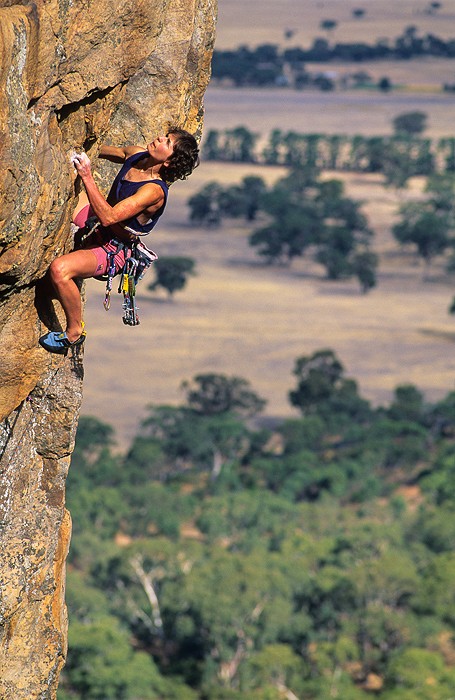
So what happens now? Well, if anyone knew the answer to that then I guess I wouldn't be writing this and you wouldn't be reading it. It's unlikely, however, that an unworldly acceptance of the bureaucratic solution is going to further the cause of reconciliation any more than a bit of hard-nosed barter that sees climbers included amongst the stakeholders that have thus far had a say in the process. And consider this – climbers have been locked out of the best parts of Gariwerd since February - and yet in that time four wheel drivers, bogans, bush walkers, hunters, mountain bikers, out of shape tourists in need of rescue – Park Rangers even - have all had sufficient access to visit the park and engage in activities they love – such as barrelling down tracks hacked through the bush, walking out on rocky escarpments with cyclone fencing there to protect them, or – an old favourite - lighting large fires in ancient caves. I doubt the graffiti has stopped, or the litter. And the same reform-driven government that would lock us out in the name of heritage is also intent on felling a number of sacred birthing trees on the outskirts of the park in order to widen – and thus make safer – The Western Highway. Well it doesn't sound like it was an easy choice to make, but the local Djab Wurrung people know where they stand – they want the trees to stay and even took the matter to the Federal Court - where it was conceded that they were not afforded "procedural fairness." One knows how they feel. Maybe I'm biased, but under these circumstances, it's a bit rich to imply that climbers are vandals lacking in cultural sensitivity.
The whole situation – bans in The Grampians – and the uncertainty caused by news of a heritage study at Arapiles - is being addressed with customary diligence by the Victorian Climbing Club. It has also led to the creation of a new representative body, Australian Climbing Association Victoria. Based on Australian Climbing Association Queensland, which has operated successfully in that state for over 10 years, ACAV has none of the aspirations of a club, but instead is focused purely on access issues. It represents, in its own words "the interests of the Victorian climbing community at the political and legal level, and aims to promote and protect access to rock climbing in Victoria while being respectful of unique cultural and environmental values." If your eyes glazed over when you read the words "legal" and "political," you can rest assured that these guys are on to it – even, say, the Conservation, Forest, and Lands 1978 (Vic), which doesn't sound like a lot of fun. Just as importantly, ACAV aims to consult and collaborate with Traditional Owners to in order to – again in their own words - "educate the climbing community about cultural heritage and promote climbing access while respecting cultural heritage." This can only be a good thing, although you needn't form the impression that there was no such interest before: climbers have always travelled to Arapiles and Gariwerd - from every corner of the world – and these exotic climbers have, in my experience, always been very alive to the presence of Indigenous culture - for what can beat the magic of happening upon cave art in the bush when you come from places that have long since succumbed to bitumen and concrete?
A British friend of mine recently stated on Facebook that people round the world were watching developments in Gariwerd – and now, one supposes, Arapiles – with pronounced anxiety. You can see why – climbing has always been a fringe activity, not well understood by the mainstream, and all it takes is a few doctrinaire bureaucrats to turn, say, Natimuk (the town neighbouring Arapiles and one of the region's success stories, I would have thought) into a ghost town. Certainly, the loss of such a vast area of world class climbing creates a terrible precedent. And then there's the manner in which this was achieved – without consultation and accompanied by media releases that inaccurately perpetuated negative stereotypes pertaining to our sport, and which have left climbers fighting a rear-guard action just to clear their name. One would have thought that a more inclusive approach – with climbers recognised as stakeholders with a right to a seat at the table - would do more to further the cause of reconciliation than just locking people out. So if you want to help but don't feel like writing to Australian politicians, then feel free to join the ACAV – they need you! And you – well, if you ever want to kiss the sacred ground of Arapiles again – as a climber, that is, and not part of some bush walking group - then perhaps you need the ACAV.

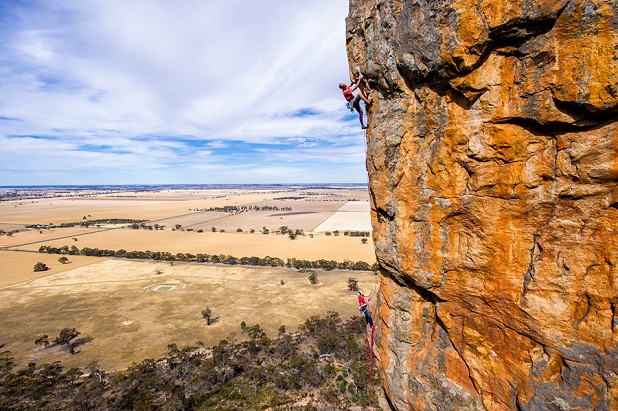

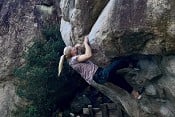






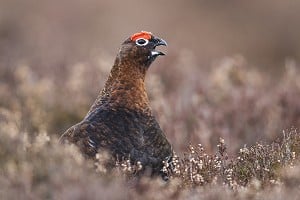

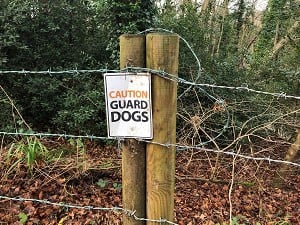
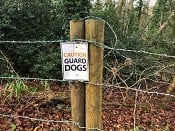
Comments
Brilliant piece. I would urge anyone who has ever been to Arapiles and the Grampians, or who ever wants to go, to put their hand in their pocket for ACAV. Its the best place to trad climb up to E4 in the world, full stop.
great article Charlie, well done.
All true. Arapiles is a world class trad crag - the rock is so good that RPs were invented there. Grampians has some of the best bouldering - think "Wheel of Life" the amazing roof problem that goes forever. "Serpentine - 8a" and "Groove Train - 8c" on Taipan wall are widely recognised as some of the best single pitches anywhere.
Please join ACAV to help save these iconic climbs and crags for everyone
http://acav.climb.org.au/join/
Good article, and I wouldn't disagree with any of it, and I've joined ACAV even though I've never climbed in the Gramps. The actions of Parks Victoria have been inexcusable and worrying for outdoor users worldwide. There are also other underlying issues about pending paid walking trails and other monetisation of our parks and commons, the intrusion of business, consultants and lobbyists etc. I'd be gutted if Arapiles was closed to climbing, and it would be economic madness which would ruin the town of Natimuk, in a part of the state otherwise dying.
But having followed all the articles and posts online, mostly Facebook, that go out into the general public, climbers also need to have a good look at ourselves. Most of us are so far into it we can't see it how others see it - and they are the majority. And indigenous issues have a lot of sway in many areas now.
There are a hell of a lot of Joe Publics saying that we have no right to leave our 'hooks' and stuff in the rock. Maybe they're right. What other recreational group in national parks gets to leave so much stuff fixed in place? I clip bolts, I occasionally sport climb, but I mostly trad climb, always have. So maybe it was more obvious to me than many (better) climbers that the proliferation of bolts and chalked-up routes over the last decade or so might be a problem in the making. It certainly looks pretty bad in press photos, so I can see why non-climbing readers might object, even if they're nowhere near cave art or sacred sites.
For a valuable alternative perspective to most of the (understandable) shouting, I'd recommend trying to read Angus Farquhar's piece in the latest print edition of Vertical Life, where he embarks on removing all the bolts from many of his routes:
https://www.verticallifemag.com.au/2019/07/vertical-life-no-29-the-8a-issue-is-now-out/
A good article but the fact remains the same reasons for the ban on climbing Uluru are given for Grampians ban and the threat to Arapiles. Australia is facing the dispossession of public land from the public. This will keep marching on. It is all about guilt versus power. As soon as you fall down the hole of 20,000 years of past history and guilt for past wrongs, what leg do you stand on? I have joined the ACAV but I don't know how they and the VCC can tread the tightrope of standing up for public access without offending the sacred rights. But Uluru is the alternative. A paid bus trip to the car park, a short guided tour, then back on the bus.